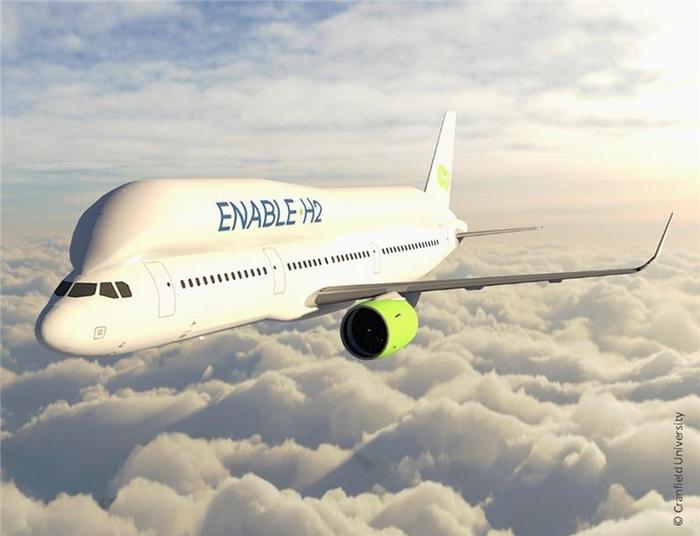Hydrogen-powered aircraft are poised to transform short-haul air travel, potentially covering almost all flights within a 750-mile radius by 2045. Recent studies from Chalmers University of Technology in Sweden reveal rapid technological advances that could make this ambitious goal a reality.
Tomas Grönstedt, Professor at Chalmers University of Technology and Director of the competence centre TechForH2, states, “If everything falls into place, the commercialisation of hydrogen flight can go really fast now. As early as 2028, the first commercial hydrogen flights in Sweden could be in the air.”
At Chalmers, researchers are using advanced wind tunnels to test airflow conditions and develop more energy-efficient engines. These efforts are paving the way for safe and efficient hydrogen-powered flight for heavy-duty vehicles.
Nordic Countries Lead the Charge
A recent study from Chalmers shows that hydrogen-powered flights could meet the needs of 97 percent of all intra-Nordic flight routes and 58 percent of the Nordic passenger volume by 2045. This projection assumes a maximum flight distance of 750 miles and the use of an existing aircraft model adapted for hydrogen power.
The study, led by doctoral student Christian Svensson, also introduced a new fuel tank design. This innovative tank can hold sufficient fuel, provide adequate insulation for super-cold liquid hydrogen, and is lighter than current fossil-based fuel tank systems.
Novel Heat Exchangers Boost Efficiency
Heat exchangers play a crucial role in hydrogen aviation. To keep fuel systems lightweight, hydrogen must be stored in liquid form at around -250 degrees Celsius. Researchers at Chalmers have developed a new type of heat exchanger that leverages hydrogen’s low storage temperature to cool engine parts and uses waste heat from exhaust gases to preheat the fuel before combustion.
Carlos Xisto, Associate Professor at Chalmers and one of the study’s authors, explains, “Every degree increase in temperature reduces fuel consumption and increases range. We were able to show that short- and medium-haul aircraft equipped with the new heat exchanger could reduce their fuel consumption by almost eight percent. Considering that an aircraft engine is a mature and well-established technology, it is a very good result from a single component.”
The researchers suggest that with further optimization, this heat exchanger technology could improve the range of a standard Airbus A320 by up to ten percent, equivalent to the Gothenburg-Berlin route of approximately 450 miles.
While technological advancements are progressing rapidly, challenges remain in developing infrastructure, business models, and partnerships to produce, transport, and store hydrogen. The transition to hydrogen flight is expected to require around 100 million tonnes of green hydrogen annually.
Despite these hurdles, industry expectations suggest that 30-40 percent of global aviation could be powered by hydrogen by 2050. Grönstedt notes, “It is likely that for a number of years to come, we will need a mix of aircraft that run on electricity, less environmentally harmful e-jet fuel and hydrogen. But every aircraft that can be powered by hydrogen from renewable energy reduces carbon dioxide emissions.”
With substantial investments and collaborative efforts between governments, universities, and private companies, the future of hydrogen-powered flight looks promising. As research continues and technology evolves, we may soon see a significant shift towards cleaner, more sustainable air travel.


